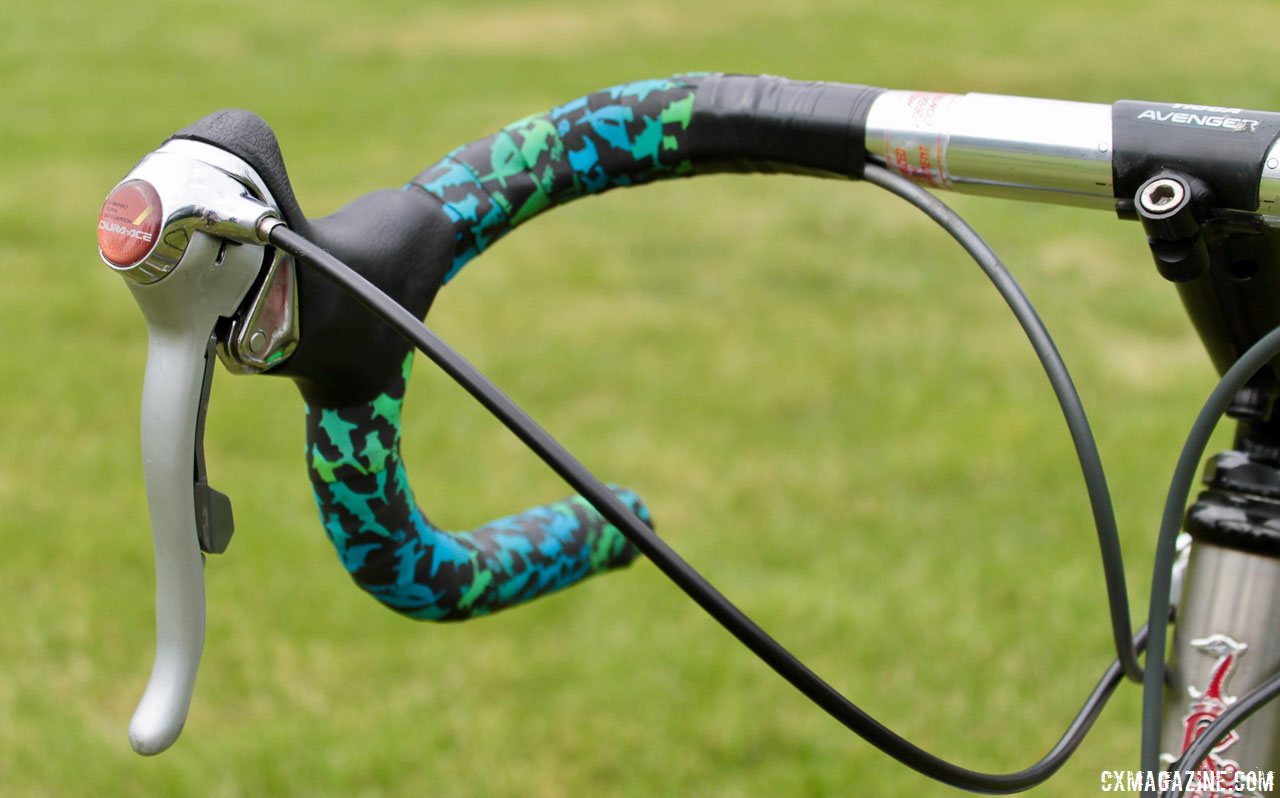Just Ride Bikes Bro
 The 90s was arguably a great decade for the sport of cycling. Shimano, a Japanese manufacturing company, had made history by releasing the first STI brake and shift lever combination. No that kind of STI. STI stands for “Shimano total integration” which combines the brake lever and shifting into one unit. Before the invention of STI, riders often used what are called “downtube shifters” or “friction shifters”. Contrary to the “thumb shifter” many of you guys now use, downtube shifters required the rider to reach down to shift gears which often made their riding position unstable. Thus, shimano resolved this problem by bringing braking and shifting into one unit.
The 90s was arguably a great decade for the sport of cycling. Shimano, a Japanese manufacturing company, had made history by releasing the first STI brake and shift lever combination. No that kind of STI. STI stands for “Shimano total integration” which combines the brake lever and shifting into one unit. Before the invention of STI, riders often used what are called “downtube shifters” or “friction shifters”. Contrary to the “thumb shifter” many of you guys now use, downtube shifters required the rider to reach down to shift gears which often made their riding position unstable. Thus, shimano resolved this problem by bringing braking and shifting into one unit.
First Generation STI

Latest Generation STI
Also a momentous event in the 90s, Lance Armstrong, arguably the most infamous cyclist in history, would go on to win his first Tour de France victory in 1999 followed by 6 years of consecutive wins. The Tour de France is cycling’s most prestigious, famous, and arguably grueling race. Riders must compete over the course of 21 days, each with a designated “stage” or route while battling injuries and fatigue. The entire race can vary from as little as 2091 miles (2019), to as much as 3570 miles (1926). However, given the Grand Tour’s prestige, Lance Armstrong’s doping scandal almost ruined the sport of cycling during the “EPO Era” when Lance was exposed to have been doping while having previously denied all possibilities. He was banned for life and his 7 Tour de France titles were stripped. These wins were not re designated because hundreds of other cyclists were also known to have doped.
Many of you guys might not know, but electronic shifting exists. The rear derailleur contains a motor that allows riders to shift gears with the literal click of a button. Although this might sound like science fiction, Mavic’s “Zap” prototype was released all the way back in 1992. However, the first company to produce commercially viable and functional shifting was Shimano’s “Di2” or “digital integrated intelligence” in 2009. It was fast, crisp, low maintenance, and everything that electronic shifting promised. However in 2015, Sram, Shimano’s biggest competitor”, would release their own version of Di2 called “eTap”. However, their shifting was actually wireless and featured individual batteries while Shimano opted for one battery with cables connecting each component.
Mavic's Zap prototype

Latest Generation Di2
Latest Generation eTap
It’s amazing to see how far cycling has come. The sport is a far cry from what it once was in the 90s and the new technological innovations continue to hit the market. In 1999, who would’ve thought in ten years time that you would be updating software on your bicycle? I hope this post has taught you a little more about bikes as I’m excited to see what the future has in store for the world of cycling.
Sources:




I have heard so much about the Tour de France and Lance Armstrong especially, so I was interested in how exactly the stages of the race worked. It turns out that the race alternates between clockwise and counterclockwise circuits of France. There are usually around 20-22 teams, with eight riders in each team. All of the stages are timed to the finish, and the riders' times are compounded with their previous stage times.
ReplyDeleteThe sport of cycling has proven to be a lasting phenomenon, especially in this area. It's unusual to go outside and not see someone on a bike. Biking has been a mode of transport in the US since the 1800s, with the penny farthing and other early bikes gaining some popularity. In fact, people in the Bay Area are 3 times as likely to commute by bicycle than the average American. The rise of biking has lead to bike friendly roads and an American culture based on biking.
ReplyDelete